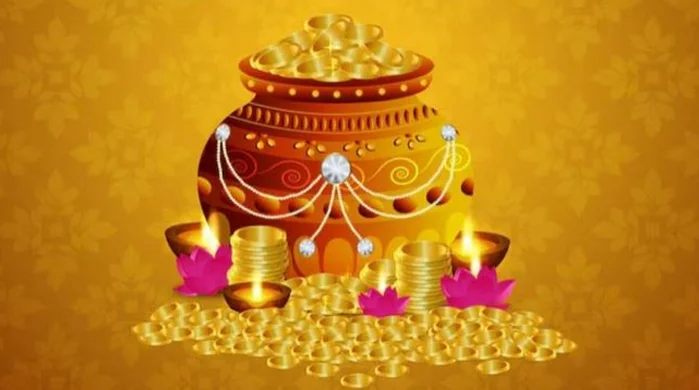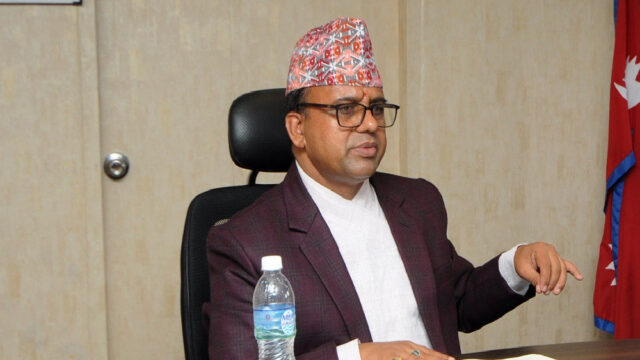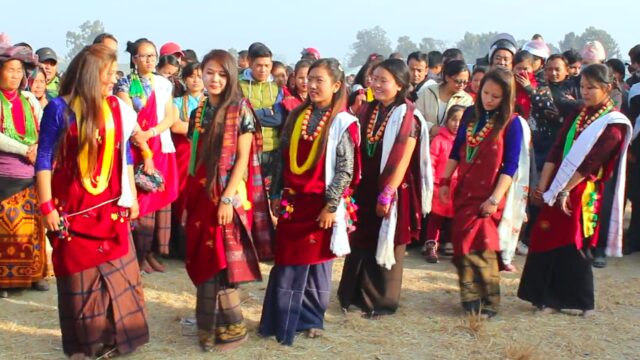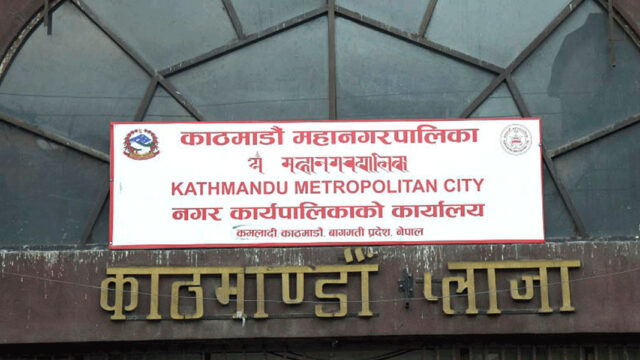One of the most auspicious days in the Hindu calendar, Akshaya Tritiya is also referred to as Akti or Akha Teej. It has strong cultural, spiritual, and financial roots. It is celebrated on the third lunar day of the bright half of the Hindu month of Vaisakha (April–May) and is very important to Hindus and Jains in particular. In Sanskrit, “Akshaya” signifies “eternal” or “never diminishing,” while “Tritiya” denotes the third day of the lunar cycle. As a result, the day represents wealth, good fortune, and perpetual prosperity.
Although it is celebrated extensively in India and Nepal, Akshaya Tritiya has recently gained attention as a possible cultural destination, luring travellers who are keen to learn about regional customs and religious rites.
Historical and Mythological Origins of Akshaya Tritiya
Ancient legend and mythology abound in Akshaya Tritiya’s history. The Mahabharata contains one of the most cherished tales connected to this day. It is said that during the Pandavas’ exile, Lord Krishna gave them the Akshaya Patra, a magical container of limitless food, guaranteeing that they would never experience a shortage. The boundless blessings connected to Akshaya Tritiya are symbolised by this supernatural intervention.
The sixth avatar of Lord Vishnu, Lord Parashurama, is said to have been born on this auspicious day, according to another mythology. The first Tirthankara, Lord Rishabhanatha (Adinath), undertook a year-long fast, which concludes on Akshaya Tritiya in Jainism. He established customs that are being followed in Jain communities today when he broke his fast with sugarcane juice.
Because it is thought that the holy river Ganga fell to Earth on this day, the day holds historical significance as well. Akshaya Tritiya is celebrated with holy dips, temple visits, and spiritual offerings in areas where the Ganga is revered, particularly Varanasi, Haridwar, and Rishikesh in India, and Janakpur or Panauti in Nepal. These customs naturally draw religious tourists and spiritually orientated tourists.
Cultural Observances and Rituals
Devotees perform a variety of religious and cultural rites on Akshaya Tritiya in an effort to invoke blessings for prosperity, success, and good health. In addition to performing pujas and giving to charities, people frequently establish new businesses or build homes. Buying gold and silver, which is thought to bring long-term wealth, is one of the most common traditions. Jewellery shops in India and Nepal are booming, and tourists are frequently drawn to this unusual custom of lucky purchasing.
Devotees continue to swarm temples, presenting prayers, flowers, and sweets to the gods, especially Lord Vishnu and Goddess Lakshmi. Additionally, the day is preferred for housewarmings, marriages, and farming. People celebrate with folk music, traditional clothing, and communal feasts in rural Nepal, particularly in the Terai region and Mithila cultural areas. This allows visitors to experience genuine Nepali hospitality and long-standing traditions.
Akshaya Tritiya and Religious Tourism
In Nepal and India, Akshaya Tritiya offers a fantastic chance for religious tourism. Both pilgrims and visitors go towards holy locations like Janaki Temple in Janakpur, Muktinath in Mustang, and Pashupatinath in Kathmandu. These places offer immersive cultural experiences through art, architecture, music, and cuisine in addition to spiritual comfort.
During this time, both domestic and foreign tourists go to Pashupatinath Temple, one of the holiest sites for Hindus and a UNESCO World Heritage Site. To witness the ceremonies and customary practices, many tourists schedule their trip to fall on this spiritually significant day. Chants, offerings, and the aroma of incense fill the temple complex with life, fostering a profoundly spiritual atmosphere that attracts tourists interested in culture.
Similarly, during Akshaya Tritiya, Janakpur, the birthplace of Goddess Sita, has particular significance. Traditional dances, devotional music, and Maithili cultural shows are all enjoyed by visitors to Janaki Temple. This location offers a fusion of spiritual depth and architectural magnificence for individuals with an interest in history, architecture, and mythology.
Cultural Tourism and Local Economy
Religious ceremonies and temples are not the only places where Akshaya Tritiya is celebrated. Local markets in Nepal come alive with food festivals, art exhibits, and handicraft fairs, especially in cultural hotspots like Bhaktapur, Patan, and the Newar towns of the Kathmandu Valley. These cultural gatherings are frequently intended to draw visitors and facilitate their interaction with the local way of life.
During Akshaya Tritiya, a lot of tourists go to Bhaktapur’s pottery squares, Patan’s traditional jewellery workmanship, or historic courtyards to watch religious dances. By creating jobs and supporting traditional arts and crafts, the tourism sector’s contribution to the promotion of these experiences greatly strengthens the local economy.
Additionally, Akshaya Tritiya tourism packages are increasingly incorporating home-stay programs and cultural heritage walks. Visitors are encouraged to partake in pujas, sample festival fare, or speak with local guides about the meaning of the customs. In addition to improving the visitor’s experience, this type of cultural tourism aids in the preservation of intangible cultural assets.
Rising Global Awareness and Sustainable Tourism
Akshaya Tritiya is starting to gain international recognition as cultural tourism gains traction. With a focus on tourists from India, Bhutan, Sri Lanka, and the Nepali diaspora overseas, Nepali tour companies and tourism boards have begun include this festival in spiritual vacation packages. The festival’s prominence on the world travel map has also increased as a result of documentaries, blog entries, and social media posts that showcase its distinctive features.
Crucially, this movement fits very nicely with sustainable tourism’s tenets. An ethical and significant travel option is provided by Akshaya Tritiya tourism, which emphasises local culture, community involvement, and historical preservation. As they support the welfare of host communities, it inspires visitors to value and respect cultural variety.
The Potential for Festival-Based Tourism Development
Akshaya Tritiya has a lot of potential to expand as a festival-focused tourism event because of its rich cultural significance and increasing attractiveness to tourists. By planning fairs, exhibits, and heritage walks during this time, local governments and tourism bureaus can take the initiative. Nepal might be positioned as a top destination for spiritual and cultural tourism if the festival is promoted in worldwide travel marketing.
International tourists can be drawn in even more by partnering with hotels, airlines, and travel companies to provide exclusive deals and packages during the event. Cultural exchange initiatives, educational seminars, and live ritual broadcasting can all be used to spread awareness of the festival’s deeper significance.
More than just a celebration of prosperity and good fortune, Akshaya Tritiya is a vibrant custom that captures the spiritual depth and cultural diversity of South Asia. The event provides a rich tapestry of customs, history, and communal life for those looking for a genuine cultural experience.
Akshaya Tritiya is a brilliant chance to meaningfully and enrichingly combine faith, tradition, and travel as Nepal continues to encourage sustainable and culturally immersive tourism. This age-old event has the potential to become a major component of festival tourism with thoughtful preparation and inclusive growth, providing contemporary tourists with both spiritual enlightenment and cultural awareness.






